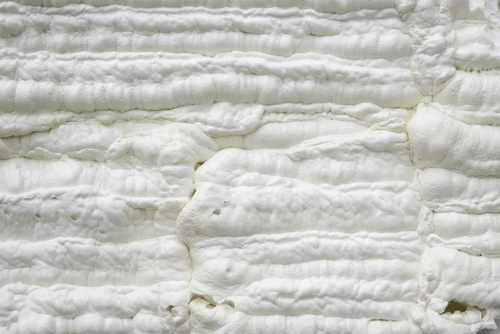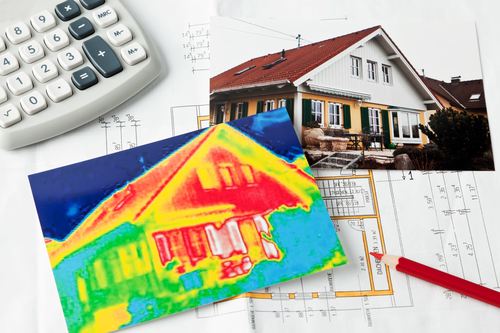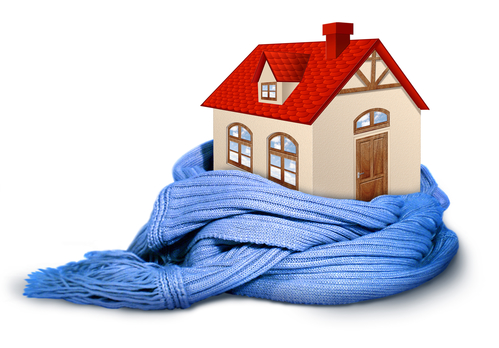What could we do to improve our homes that could help save energy, cut costs, and in the end give us a good ROI?

What could we do to improve our homes that could help save energy, cut costs, and in the end give us a good ROI?


The Differences Between Open Cell and Closed Cell Polyurethane Spray Foam. … Closed cell is the denser and more common of the two types of polyurethane spray foam. The common measurement system for foam resistance to heat flow (i.e., insulation) is a foam’s “R-Value.”
| Ceiling R-value | 38 |
| Wood Frame Wall R-value | 13 |
| Mass Wall R-value i | 5/10 |
| Floor R-value | 19 |
| Basement Wall R-value c | 10/13 |
| Slab R-value d, Depth | 10, 2 ft |
| Crawlspace Wall R-value c | 10/13 |
| Fenestration U-Factor b | 0.35 |
| Skylight U-Factor b | 0.60 |



We know we need to choose a good, reliable, insulation that will be durable and in the end save us money on our energy bills. Before choosing which insulation we want to use, we should familiarize ourselves with the different materials. Learning about which one will be right for our home, our specific project, and which one will save us the most time and money.

You may purchase fiberglass insulation on batts, or loose fill. It is very affordable but it does have a lower R-value than most although, higher than cotton. Batts are generally easier to install, because the pieces have been woven together, but when you are applying the fiberglass you never want to force it into an area that is too small because when it becomes too compressed, the r-value decreases.